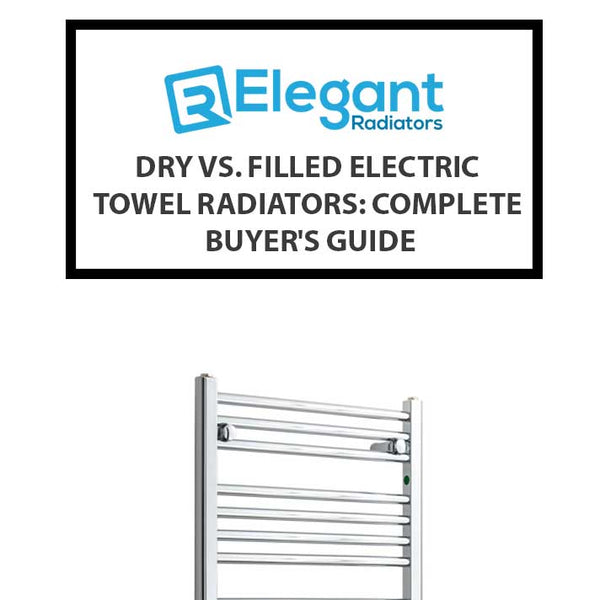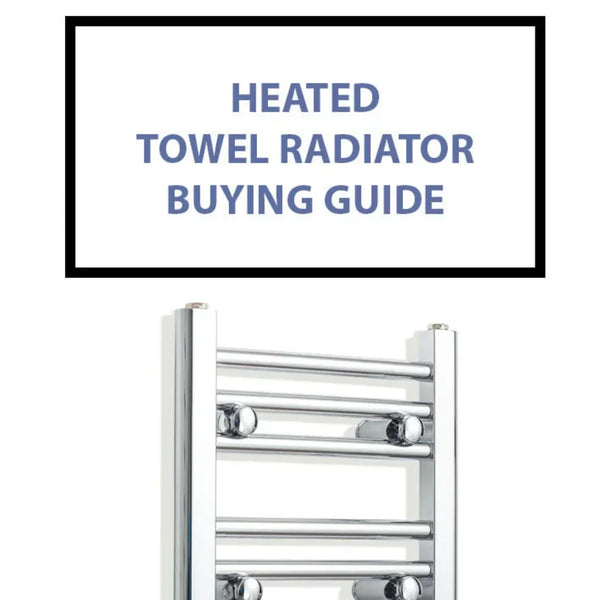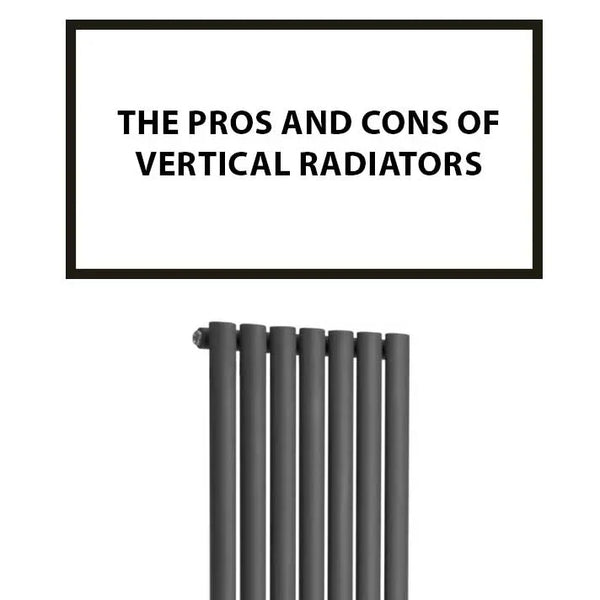Towel Radiators for Plumbers: Top Picks and Buying Guide

As a plumber, having a dependable and effective towel radiator in your clients' bathrooms is critical. A well-chosen towel radiator not only keeps towels warm and dry, but it also provides an elegant touch to the bathroom decor. However, with so many options on the market, it might be difficult to choose the correct one to meet your plumbing needs. We will walk you through all you need to know about towel radiators, including major features, types, installation instructions, and top recommendations, in this article. Let's get started and find the best towel radiator for plumbers to buy!
Key Features of a Towel Radiator for Plumbers
There are numerous crucial features to consider when selecting a towel radiator for your plumbing projects:
Heat Output: The radiator's heat output is measured in BTUs (British Thermal Units) or Watts. Determine the necessary heat output based on the size of the bathroom and the number of towels to be dried.
Material and Durability: Choose high-quality materials that are resistant to rust and corrosion, such as stainless steel or brass.
Design and Size: Select a design that compliments the aesthetics of the bathroom while also ensuring that the radiator fits the available space perfectly.
Valves and Controls: Look for adjustable valves and thermostatic controls that allow you to properly regulate heat output.
Energy Efficiency: Consider eco-friendly radiators to cut energy usage and save money on electricity bills.
Towel Radiator Types for Plumbers
Towel radiators are available in a variety of styles on the market. Let's look at some popular alternatives:
- Chrome Towel Radiators
- White Towel Radiators
- Black Towel Radiators
- Anthracite Towel Radiators
- Electric Towel Radiators
- Designer Radiators
Towel Radiator Installation Guidelines
Proper installation is critical for your towel radiator to work optimally. Here are some plumbing installation tips:
Choose the Best place: Choose a place that allows for easy maintenance and cleaning of the radiator.
Check the Strength of the Wall: Make sure the wall can handle the weight of the radiator, especially if wet towels are hung on it.
After installation, bleed the radiator to eliminate any air trapped in the system, which might reduce efficiency.
Invest in High-Quality Valves and Accessories: To prevent leaks and maintain smooth operation, invest in high-quality valves and accessories.
Follow Manufacturer's Instructions: To avoid voiding the warranty, always follow the manufacturer's instructions and guidelines during installation.
FAQs: Towel Radiator for Plumbers to Buy
Q:How long do towel radiators usually last?
A: The average lifespan of a well-maintained towel radiator is 10-15 years, but this can vary depending on the quality of materials and usage.
Q: Can a towel radiator be painted to match the decor of the bathroom?
A: Yes, you can use radiator-specific paint to paint a towel radiator to match the bathroom decor. Do not, however, paint the heating elements or controls.
Q: What is a BTU, and how can I determine the amount of heat required?
A: The British Thermal Unit (BTU) is the amount of heat necessary to raise the temperature of one pound of water by one degree Fahrenheit. The required heat output can be calculated by taking the bathroom's size and insulation levels into account.
Q: Do electric towel radiators save energy?
A: Electric towel radiators can be energy efficient if used appropriately. Choose models with timers and thermostatic settings to reduce energy use.
Q: Can a towel radiator be used as the primary heat source for the bathroom?
A: A towel radiator can provide adequate heat in smaller bathrooms, but it is best used as a secondary heat source in bigger restrooms.







